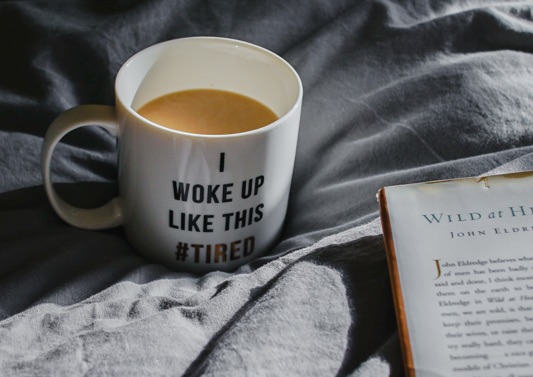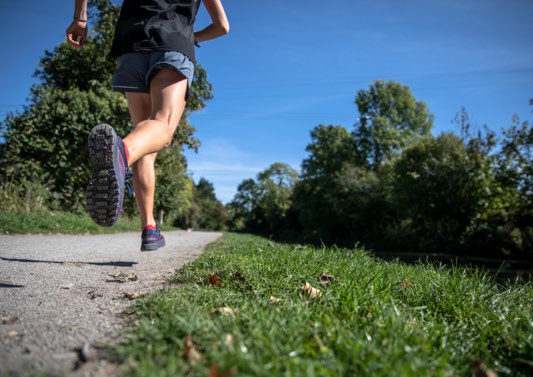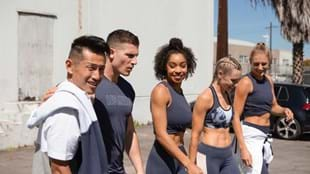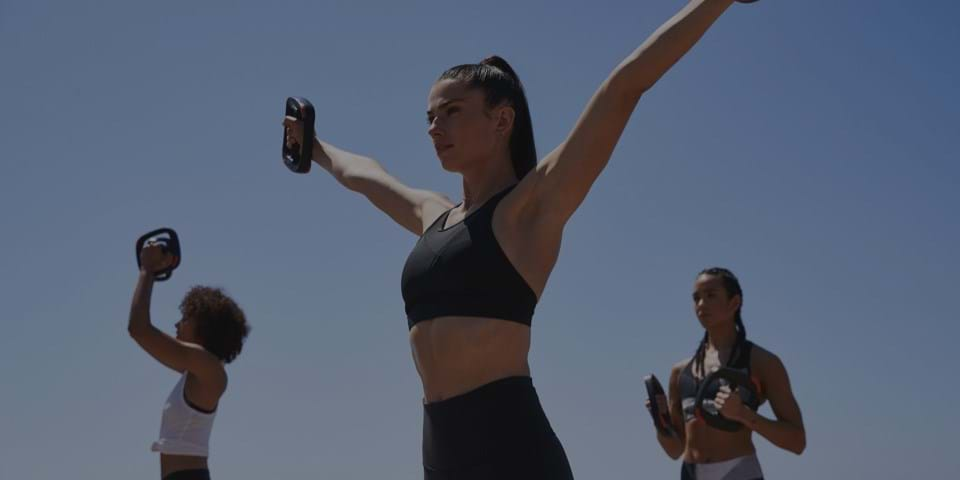Struggling to sleep? Blame your parents

When it comes to sleep styles there’s no real right or wrong – some of us are night owls who sleep in and others morning larks who are early to bed. While there are pros and cons to both approaches, in extreme cases waking excessively early or staying up until the wee hours can be detrimental to your health, lifestyle and wellbeing. Such extreme sleep patterns have previously been pinned on unavoidable disruptions or unwise living habits, but new research suggests this is not the case. Researchers recently studied more than 2400 patients suffering from sleep apnoea or insomnia, revealing there are specific genes that influence sleep, and sleeping habits often run in families. The experts recommended those suffering from inability to sleep embrace regular exercise, avoid large meals prior to bedtimes, and try to avoid stressing about lack of sleep, as the more anxious you are the harder it is to sleep.
Learn more about how your genes influence your sleep patterns.
The ideal exercise for curbing obesity

We’ve long known that frequent physical activity can reduce the genetic effects of obesity, but is there any ideal type of training? Past studies have addressed this by focusing on just BMI as a measure of obesity. Now, a new study explores the obesity-curbing effects of different types of training by considering an additional four measures of obesity and more closely categorizing the metabolic links. The National Taiwan University study took 18,424 adults aged 30 to 70 years and considered individual genetics and self-reported exercise routines. Researchers found the most effective ways to reduce BMI in those predisposed to obesity were jogging, power walking and walking – which is good news, as they are all easily accessible activities for the masses. Dancing and long yoga sessions were also identified as being beneficial.
Learn more about the most exercise that most effectively combats the genetic effects that contribute to obesity.
Desk jobs might not be as risky as we think

We are constantly hearing that sitting is the new smoking, but new research brings some good news for the desk-bound. A study of almost 3600 African American adults shows that occupational sitting doesn’t lead to the same health risks as leisure-time sitting. The study, which considered individual demographic, lifestyle and health information over an eight-year period, showed that often or always sitting at work was not linked to an increased likelihood of death and heart disease. However, sitting watching television for four or more hours carried a 50 percent greater risk of death and heart disease than watching the box for less than two hours a day. There is some good news for those who love their spot on the sofa; researchers provide more evidence that exercise can undo the harmful effects of too much sitting. Participants who exercised for at least 150 minutes a day had a lower risk of health problems even if they also watched a lot of television. Learn more about how not all sitting is created equally.
Survey shows the workouts that will keep you on trend

Thanks to a new 2019 Mindbody Wellness Index Report we’ve got more evidence supporting the popularity of yoga. The study of 17,000 Americans aged between 18 – 65 highlighted that yoga is the top group exercise across all age groups, with 25 percent of people currently practicing group yoga at least once a week. Strength-based training was in second place, and dance workouts were also extremely popular. When it came to what type of exercise was going to be hot in the years to come, yoga again came out on top. The greatest proportion of participants (14 percent) reported that trying a yoga class was next on their “to do” list – on par with swimming. The popularity of kickboxing and martial arts also looks set to rise. Kickboxing was the number one activity that those under 45 were looking to try next, with 13 percent looking to try give it a go, and 11 percent keen to experience martial arts.








